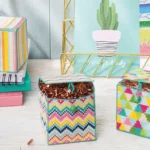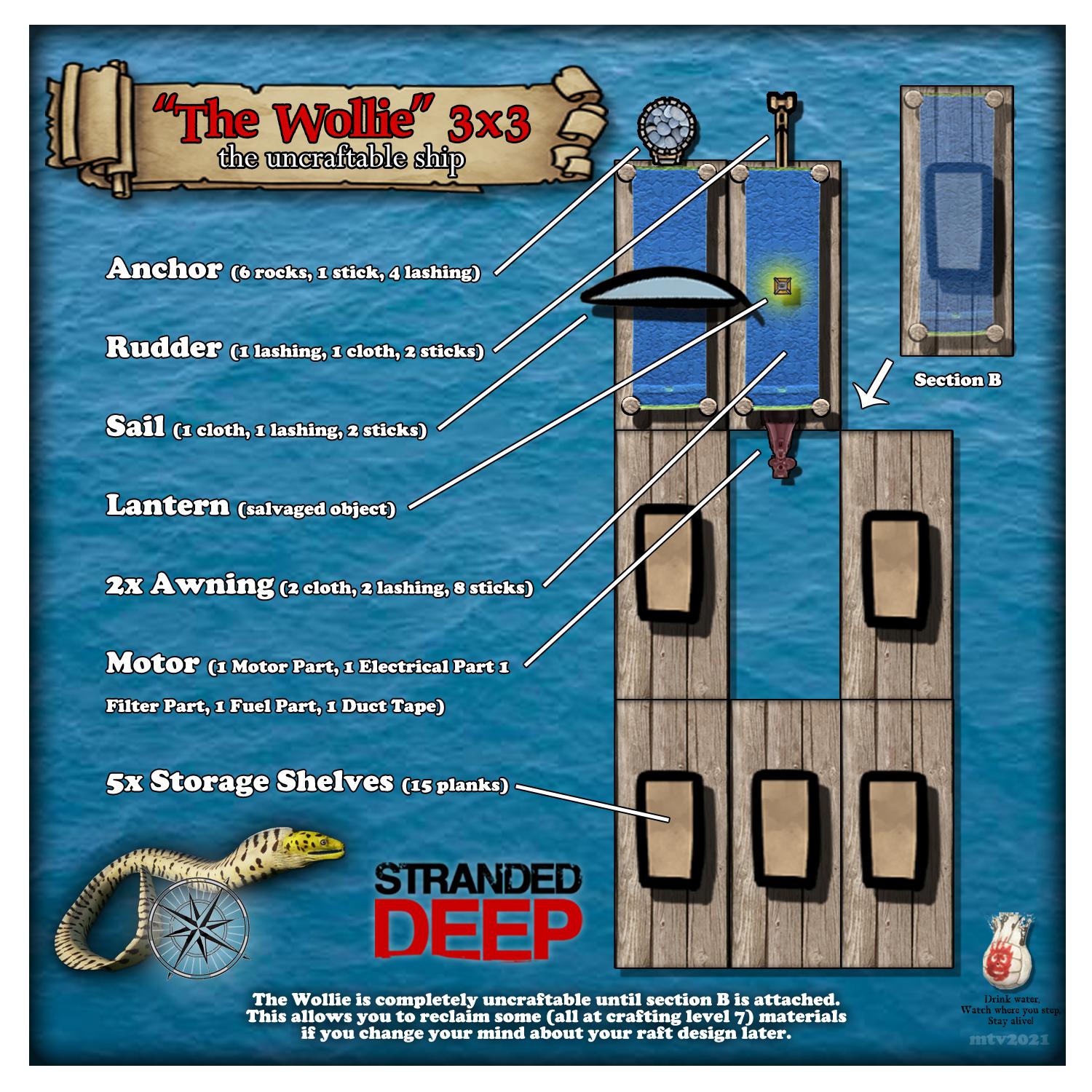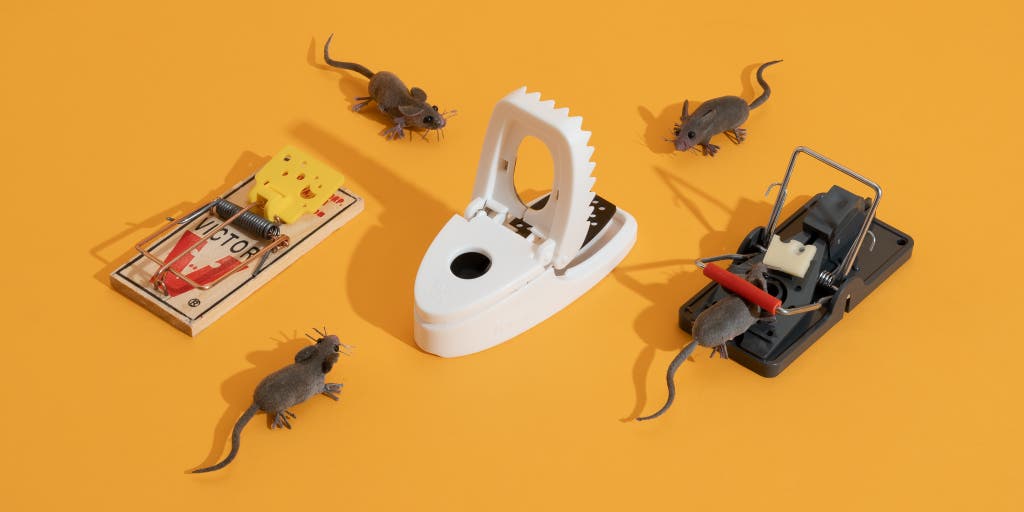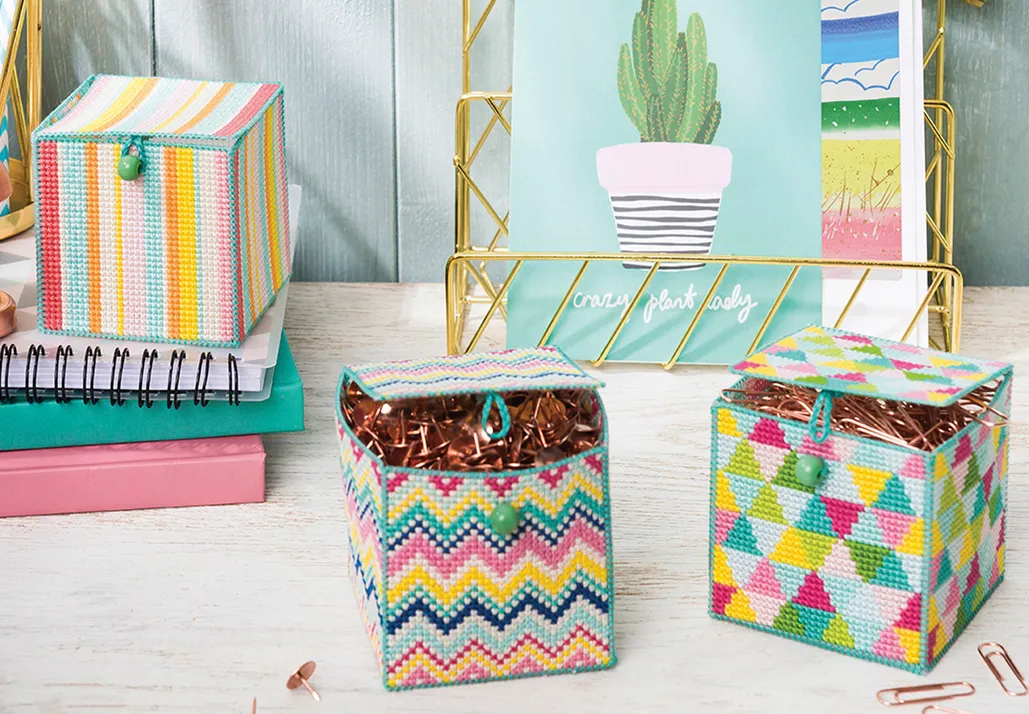As an Amazon Associate I earn from qualifying purchases.
To make cloth in Stranded Deep, collect four fibrous leaves and stand near the loom. Open the quick crafting radial menu and select cloth.
This will transform the fibrous leaves into cloth. In the survival game Stranded Deep, one essential resource players need to gather is cloth. Cloth is a versatile material that can be used for various crafting purposes, such as bandages and building tools.
While it may seem challenging to obtain cloth in the game, the process is relatively straightforward. By collecting four fibrous leaves and utilizing the loom, players can easily create cloth. In this guide, we will explore the step-by-step process of making cloth in Stranded Deep, allowing you to enhance your survival skills and thrive in the game’s unforgiving environment.
Understanding Cloth In Stranded Deep
Understanding cloth in Stranded Deep is essential for survival. Cloth is a versatile material that is used for various purposes in the game. It can be crafted into bandages for healing wounds, as well as used to create looms for advanced crafting. The loom is a crucial tool that allows players to transform fibrous leaves into cloth.
To make cloth in Stranded Deep, players must collect four fibrous leaves and stand near the loom. Using the quick crafting radial menu, they can then select the option to transform the leaves into cloth. Alternatively, players can use the quick craft menu by holding down the “C” key and selecting cloth when in front of the loom.
Cloth is not readily available in the game and players may need to explore different locations to find additional sources of cloth. One option is to visit the cartographer to create custom islands and add up to three cloth. Additionally, cloth can be found on custom islands and may be obtained from other sources as well.
In conclusion, cloth is an important resource in Stranded Deep that players must understand how to obtain and use effectively for survival.

Credit: scoutsmarts.com
Collecting Fibrous Leaves
In Stranded Deep, cloth is a crucial resource for survival, and collecting fibrous leaves is essential for making it. When locating fibrous leaves, look for small, green plants with long, narrow leaves, typically found on the ground or near palm trees. To harvest fibrous leaves, simply walk up to the plant and interact with it to collect the leaves. Once you have collected enough fibrous leaves, you can use a loom to craft them into cloth. The loom’s primary function is to turn fibrous leaves into cloth, allowing you to transform four fibrous leaves into a piece of cloth by standing near the loom and selecting cloth from the quick crafting radial menu.
Building The Loom
In order to make cloth in Stranded Deep, you will need to start by building the loom. Here are the materials required for loom construction:
| Wood | 4 pieces |
| Lashing | 4 pieces |
Once you have gathered the necessary materials, you can follow this step-by-step guide to building the loom:
1. Find a suitable location for your loom.
2. Place the four pieces of wood in a square shape to form the base of the loom.
3. Attach the four lashings to the corners of the wood base to secure it.
4. Stand near the loom and select the cloth option from the quick crafting radial menu.
5. Congratulations! You have successfully built the loom and can now start turning fibrous leaves into cloth.
Remember, having cloth in Stranded Deep is essential for crafting various items and tools, so it’s important to know how to make it. With this guide, you’ll be able to build your own loom and produce cloth in no time.

Credit: www.amazon.com
Crafting Cloth
When it comes to crafting cloth in Stranded Deep, accessing the crafting menu is essential. In order to make cloth, players need to use fibrous leaves, which can be found on the island. To start the process, collect four fibrous leaves and stand near the loom. Open the quick crafting radial menu and select cloth. This will transform the fibrous leaves into cloth. The loom is a key tool in the game, allowing players to create various items, including bandages and rafts. It is important to note that cloth can also be obtained by finding custom islands created by the cartographer or by crafting it on a starter island. Overall, crafting cloth is a crucial skill to learn in Stranded Deep, as it will help players survive and thrive in the game.

Credit: www.redcross.org
Frequently Asked Questions On How To Make Cloth Stranded Deep
How Do You Make Cloth In Stranded?
To make cloth in Stranded Deep, you need to gather four fibrous leaves and use a loom to craft it. Stand near the loom and select cloth from the quick crafting radial menu.
How Do You Get Cloth In The Forest?
To get cloth in the forest, collect four fibrous leaves and stand near the loom. Open your crafting menu and select cloth to create it.
How Do You Get Water Still In Stranded Deep?
To get water still in Stranded Deep, you can build a water still using 3 palm fronds and 1 coconut flask. Place it near the shore and wait for it to collect water over time. Stay hydrated!
How Do You Build Things In Stranded Deep?
To build things in Stranded Deep, collect four fibrous leaves and stand near the loom. Then select cloth from the quick crafting radial menu.
How Do You Make Cloth In Stranded Deep?
To make cloth in Stranded Deep, you need to collect four fibrous leaves, stand near the Loom, and select cloth from the quick crafting radial menu.
Conclusion
Making cloth in Stranded Deep is crucial for survival. By using the loom and fibrous leaves, you can create this essential material. Cloth is used for crafting bandages, water stills, and other important items. Mastering this skill will greatly enhance your chances of survival in the game.
As an Amazon Associate I earn from qualifying purchases.








